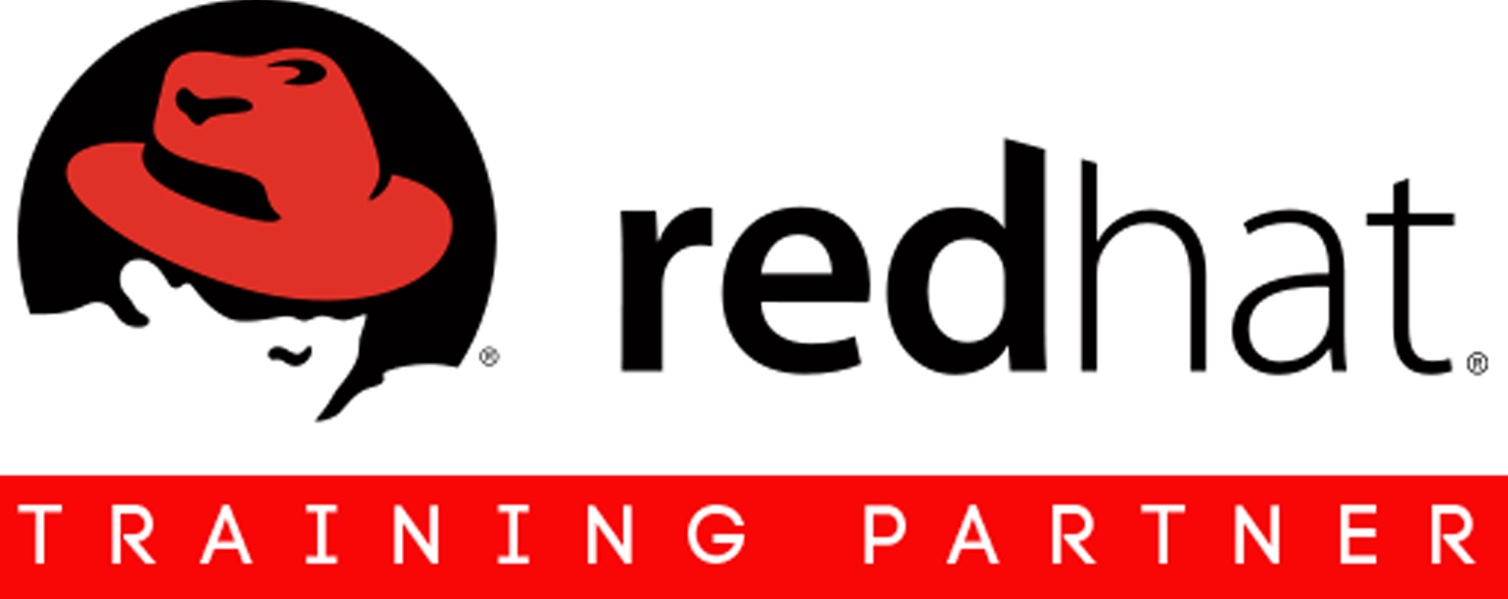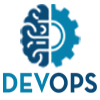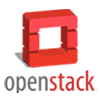RHCSA – Red Hat Certified System Administrator

Enroll for RHCSA/RHCE Demo Class
[contact-form-7 id=”12071″ title=”RHCSA/RHCE Class Enquiry”]
Linux is freely-distributable open source operating system that runs on a number of hardware platforms. The Linux kernel was developed mainly by Linus Torvalds. Because it’s free, and because it runs on many platforms, including PCs and Macintoshes, Linux has become an extremely popular alternative to proprietary operating systems.
Linux is in the Unix-like family of operating systems, with several major sub-categories including System V, BSD, and GNU/Linux. The name “Unix” is a trademark of
The Open Group, but is commonly used to refer to the large set of operating systems which resemble the original UNIX. UNIX systems run on a wide variety of machine architectures. UNIX systems are used heavily as server systems in business, as well as workstations in academic and engineering environments. Linux and BSD are increasingly popular, and have made inroads on the desktop market as well.
System Administrator-I
- Introduction to the command line
- Managing physical storage
- Learning how to install and configure local components and services
- Establishing network and securing network services
- Managing and securing files
- Administrating users and groups
- Accessing Linux file systems
- Reviewing the system log files and journal
- Monitoring and managing processes
Full Course Outline
- Log in to a Linux system and run simple commands using the shell.
- Copy, move, create, delete, and organize files from the bash shell prompt.
- Resolve problems by using online help systems and Red Hat support utilities.
- Create, view, and edit text files from command output or in an editor.
- Manage local Linux users and groups, and administer local password policies.
- Set Linux file system permissions on files and interpret the security effects of different permission settings.
- Obtain information about the system, and control processes running on it.
- Control and monitor network services and system daemons using systemd.
- Access and provide access to the command line on remote systems securely using OpenSSH.
- Locate and accurately interpret relevant system log files for troubleshooting purposes.
- Configure basic IPv4 networking on Red Hat Enterprise Linux systems.
- Archive files and copy them from one system to another.
- Download, install, update, and manage software packages from Red Hat and yum package repositories.
- Access and inspect existing file systems on a Red Hat Enterprise Linux system.
- Create and use Red Hat Enterprise Linux virtual machines with KVM and libvirt.
System Administrator-II
- Installation using Kickstart
- Managing file systems and logical volumes
- Managing scheduled jobs
- Accessing network filesystems
- Managing SELinux
- Controlling firewalling
- Troubleshooting
Full Course Outline
- Automate the installation of Red Hat Enterprise Linux systems with Kickstart.
- Introduce the vim text editor, with which you can open, edit, and save text files.
- Schedule tasks to automatically execute in the future.
- Influence the relative priorities at which Linux processes run.
- Write regular expressions that, when partnered with grep, will allow you to quickly isolate or locate content within text files.
- Manage file security using POSIX access control lists.
- Manage the Security Enhanced Linux (SELinux) behavior of a system to keep it secure in case of a network service compromise.
- Configure systems to use central identity management services.
- Manage simple partitions and file systems.
- Manage logical volumes from the command line.
- Access (secure) NFS shares.
- Use autofs and the command line to mount and unmount SMB file systems.
- Configure a basic firewall.





